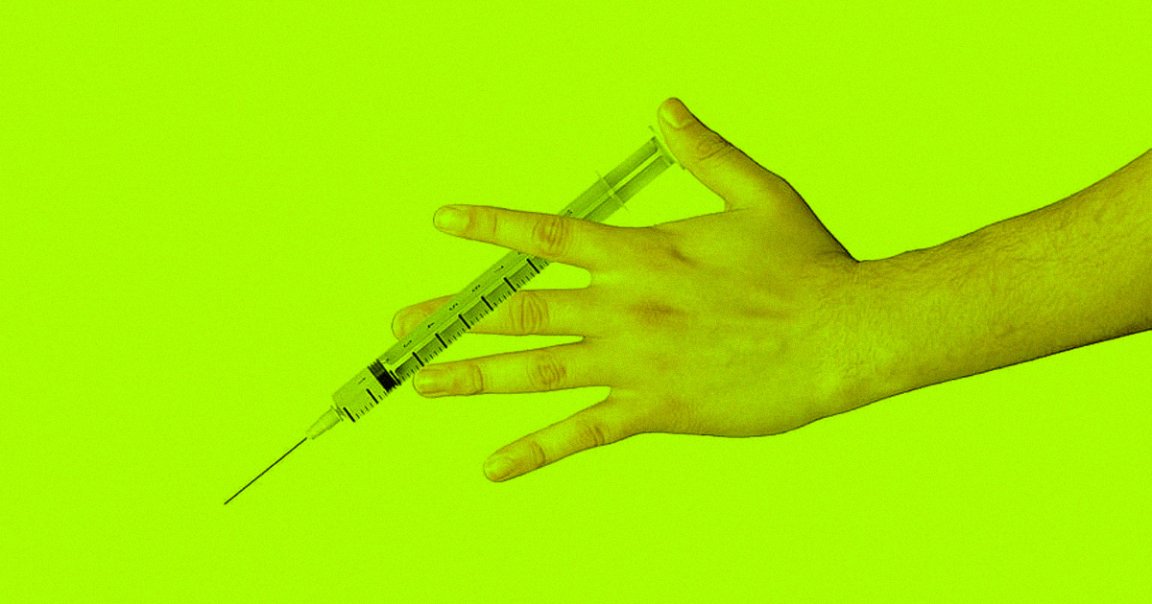
When a safe and effective vaccine for COVID-19 finally becomes available to the public, it’s almost guaranteed that supplies will initially be limited.
Therefore, officials will need to make tough calls about who to inoculate against the coronavirus first, with at-risk groups and frontline workers often being named as frontrunners. But, Wired reports, some experts argue that a different group should cut the line and get the first doses of the vaccine: the very same social butterfly superspreaders responsible for new outbreaks and infections.
The argument, according to Wired, is that inoculating the most flagrant violators of distancing and quarantine protocols, regardless of whether it’s by choice or the necessity of their jobs, would more directly combat the coronavirus pandemic based on how it’s actually spread. Because it’s an unfortunate reality that older people tend to have fewer interpersonal connections, Wired reports that prioritizing them in a vaccination program would protect those individuals but do little else to stop the spread in the meantime.
Rather than assuming that transmission is a randomized phenomenon, which experts tell Wired is unrealistic, vaccinating superspreaders would nip new infections in the bud.
“If you do this,” Bar-Ilan University physicist Shlomo Havlin told Wired, “you reduce the number of units that you need to immunize by a factor of three or four.”
In a real-world setting, this could happen through contact tracing methods. Or, Wired notes, by simply asking people to name an acquaintance, a process that ultimately arrives at the most connected people. Those folks, by extension, are likelier to have more human contact and spread the virus.